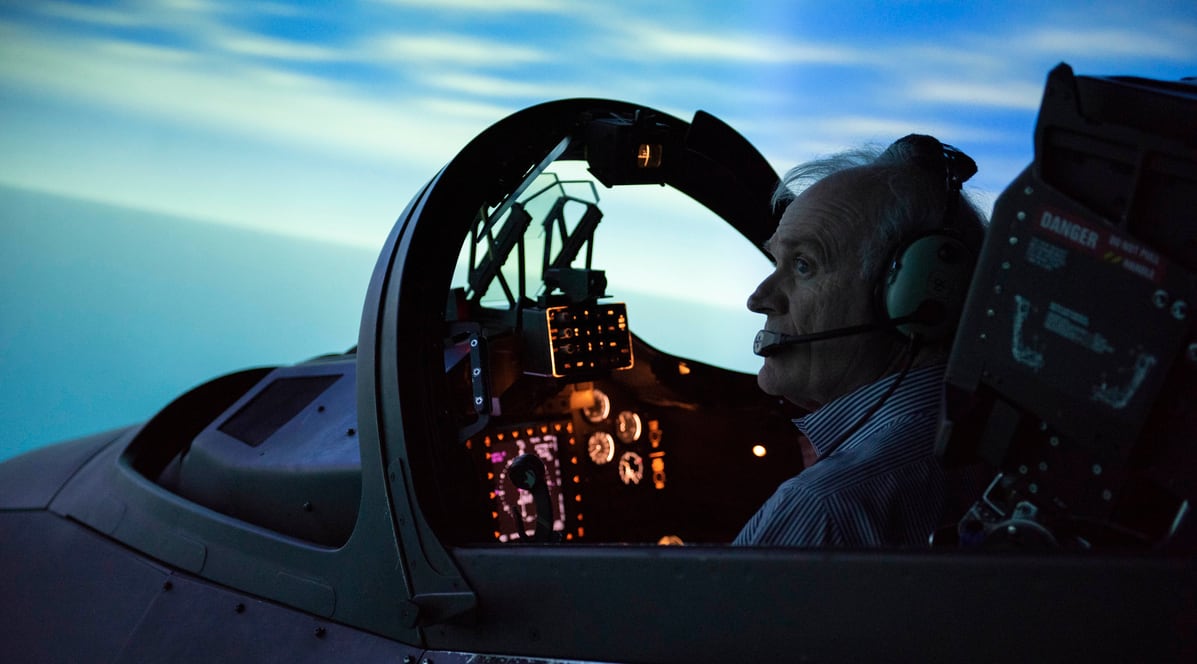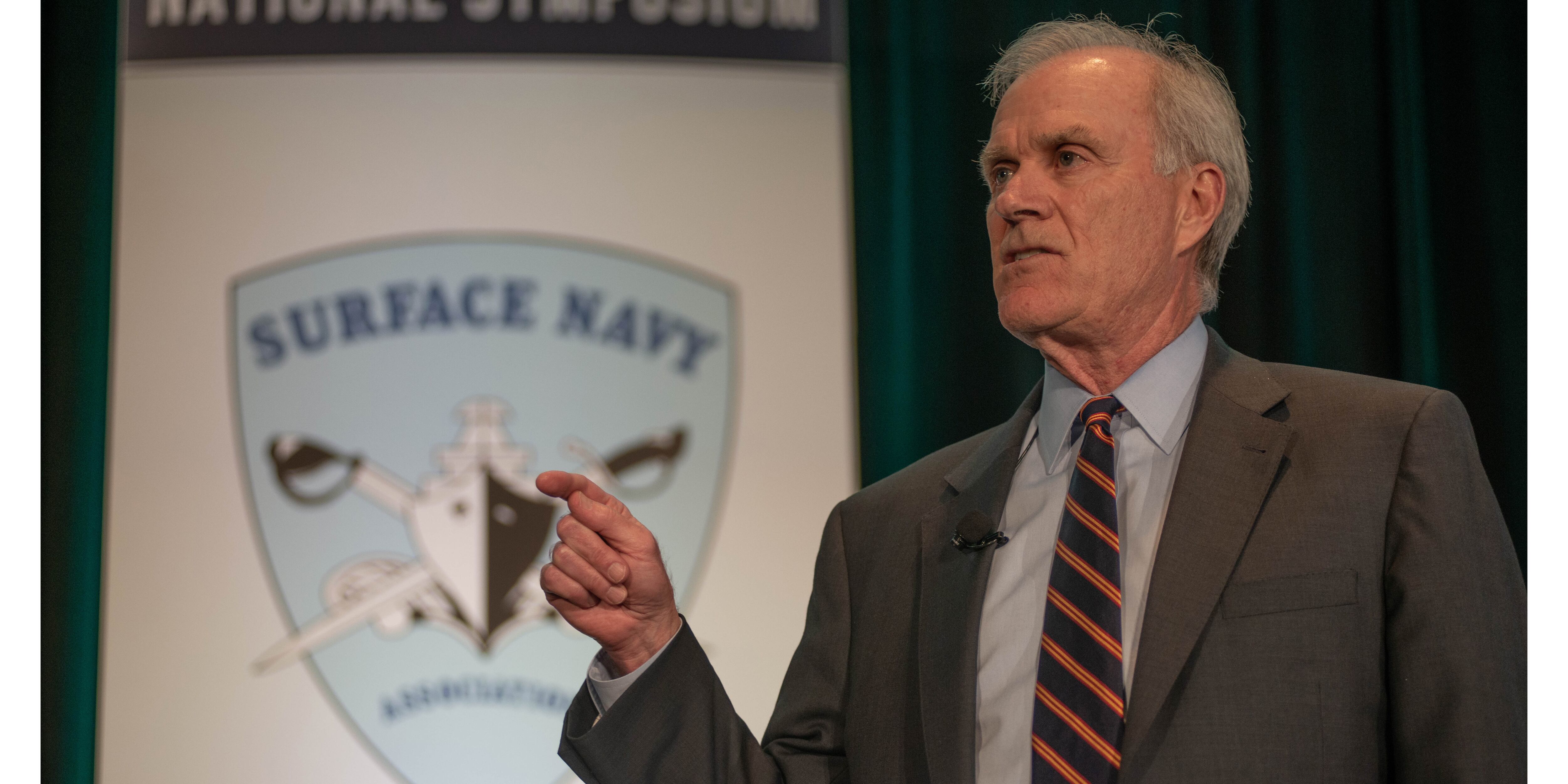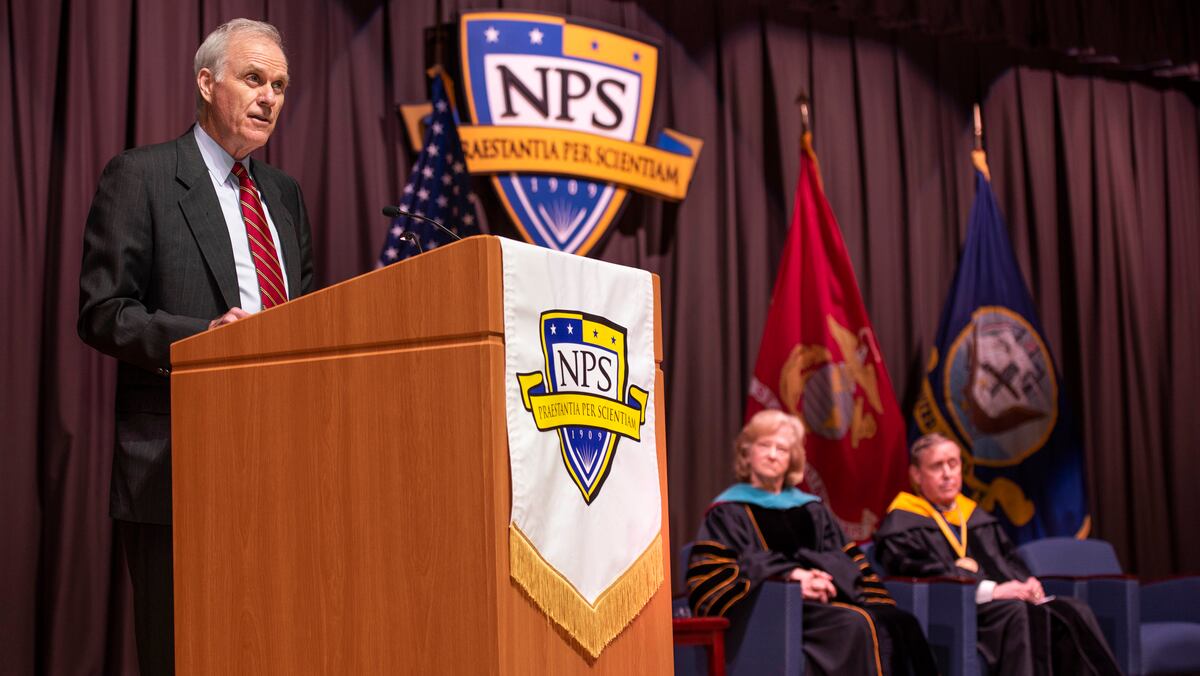The Navy’s top civilian wants to beef up the service’s brainpower.
That’s why a flurry of action memos and glossy pamphlets greeted Navy Secretary Richard Spencer’s Tuesday announcement launching the “Education for Seapower” campaign, a push to hike and hone critical thinking skills in the Navy and Marine Corps.
When it’s finished, Spencer hopes his program will combine the education efforts for enlisted and officer personnel under a single Department of the Navy university that’s accredited to grant diplomas, from associate degrees up to advanced post-graduate work.
“I am convinced, now more than ever before, that the intellectual development of our naval leaders is the most critical warfighting capability for our national security," Spencer wrote in a Feb. 5 memo that outlined his goals for the initiative.
"To achieve this, I intend to create a Naval University System that further integrates and aligns naval education, beginning with the establishment of a Naval Community College for our enlisted sailors and Marines."
Spencer indicated that he’s already ordered the Navy’s top financial officer to “identify resources” in the budgets for fiscal years 2019 and 2020 “to ensure immediate educational enterprise resources.”
The Navy will create a pair of senior-level positions, one uniformed and the other civilian, to helm the campaign, according to the memo.
A three-star admiral will join the Chief of Naval Operation’s staff as the “Director of Warfighting Development” — the “N7” — to become the “resource sponsor and strategic leader for naval education.”
The flag officer will work alongside the Marine Corps’ existing Deputy Commandant for Combat Development and Integration and a new civilian “Chief Learning Officer” who will report directly to the secretary of the Navy and an appointed undersecretary while they craft the university system.
Spencer’s memo directs the CLO’s office to be “fully operational no later than June 1,” but it listed no deadline for when the three-star billet will be filled.

Instead of erecting a traditional campus, the secretary appears to be directing Marine Corps and Navy leaders to stitch together existing educational institutions and programs.
For example, the merger will combine institutions designed to instruct commissioned officers or midshipmen such as the U.S. Naval Academy, Naval War College, Marine Corps University and Naval Postgraduate School to better “align and orchestrate the academic efforts and resources of all naval education activities” Spencer wrote.
But Spencer doesn’t want them to lose either their unique cultural identities or independence, which is why his instructions urged them to retain “the special characteristics and strengths of each institution.”
The “operational reporting” chain of command for each institution won’t change, but the institutions will be required to collaborate with the Chief Learning Officer and the Navy and Marine Corps flag officers while realigning curriculum.
Spencer’s focus on overseeing “academic curricula” will extend to the Naval Reserve Officers’ Training Corps and the Officer Candidates Schools of the Navy and Marine Corps and the new system will absorb Federal Executive Fellowships and the education programs for flag officers, too.
Within the next two months, Spencer also expects Jim Guerts, the assistant secretary of the Navy for research, development and acquisition, to provide him “organizational options” for a “Naval Community College” that will be established for enlisted sailors and Marines by early 2021.
Spencer wrote that this “first vital step” will help construct a Naval University that will offer accredited degrees in “academic disciplines that advance lethality, partnership, and reform of our supporting processes.”
RELATED

Although Spencer didn’t include details about his vision for the degrees, he riffed on military education during a Jan. 16 address at the annual Surface Navy Association conference in Arlington, Virginia.
“When I talk about education, it’s going to be education that we need as a naval force,” Spencer told the audience. “I really don’t care about someone, to be very frank with you, going off and getting an art history major. I’m being totally selfish, but if these are my dollars, I want you to be learning something that is going to help this institution.”
He predicted that the Navy and Marine Corps will focus "on professional management for both the enlisted and officer corps” and that obtaining the degrees ultimately will “benefit the corporate body.”
Spencer’s speech seemed to pay homage to the Community College of the Air Force, which was created in 1971 to offer accredited degrees in the applied sciences. The courses fall under five broad categories that parallel existing Air Force career fields and specialties.
Air Force personnel can earn credits for attending military schools and gaining experience on their jobs. They finish their degree requirements by taking classes offered by partner educational institutions that are funded through the service’s tuition assistance program.
This article has been updated to show that the Chief Learning Officer will work alongside the two flag officers from the Navy and Marine Corps.
Mark D. Faram is a former reporter for Navy Times. He was a senior writer covering personnel, cultural and historical issues. A nine-year active duty Navy veteran, Faram served from 1978 to 1987 as a Navy Diver and photographer.





